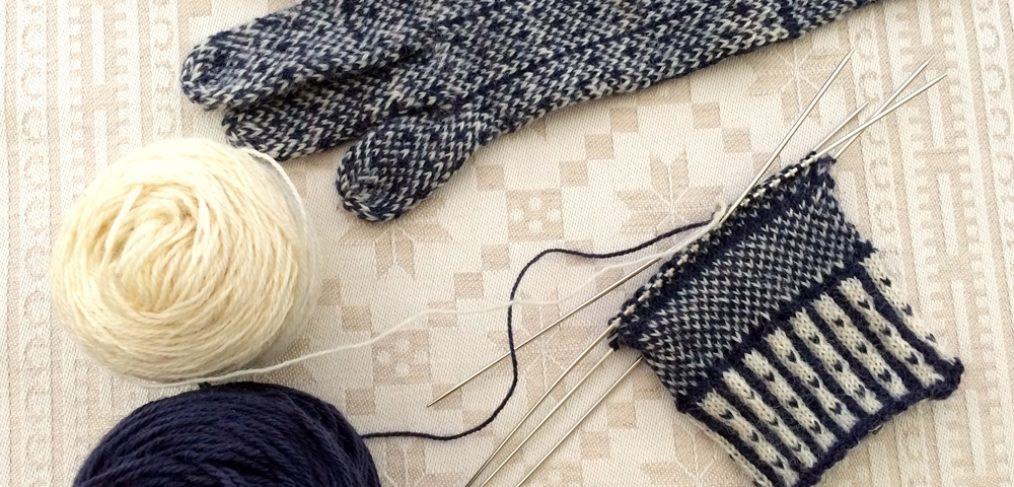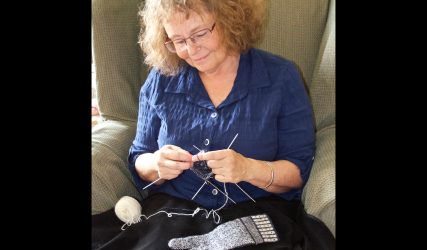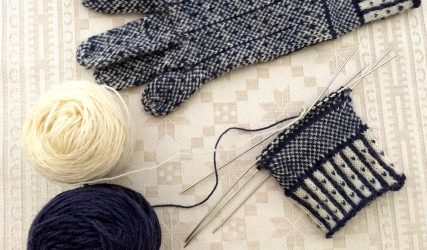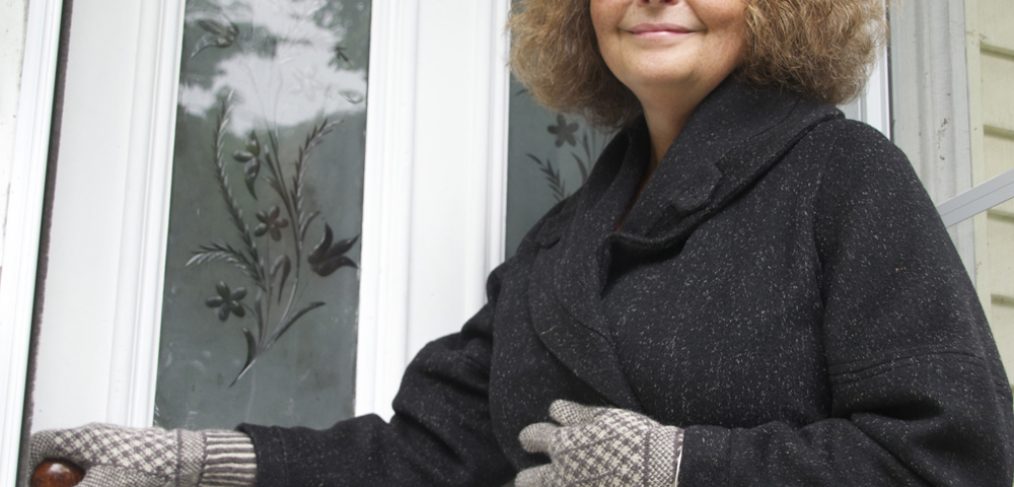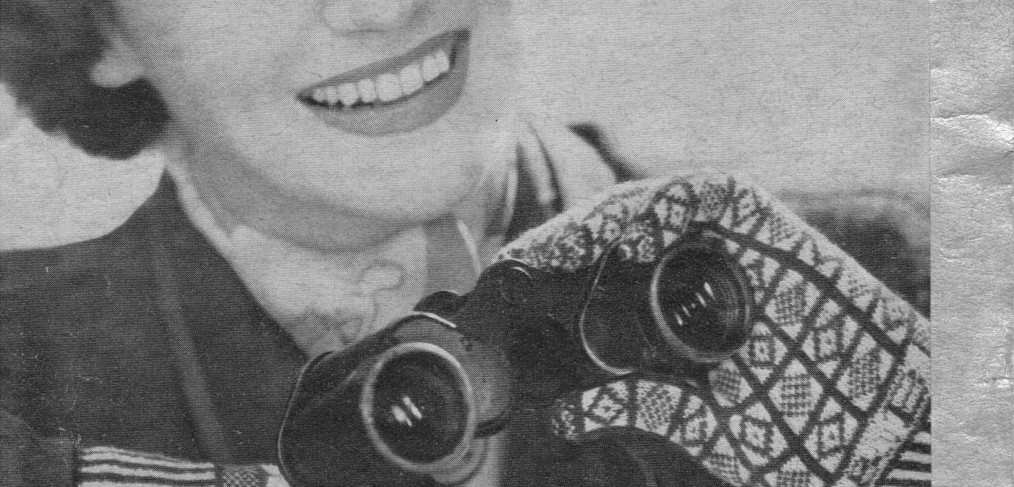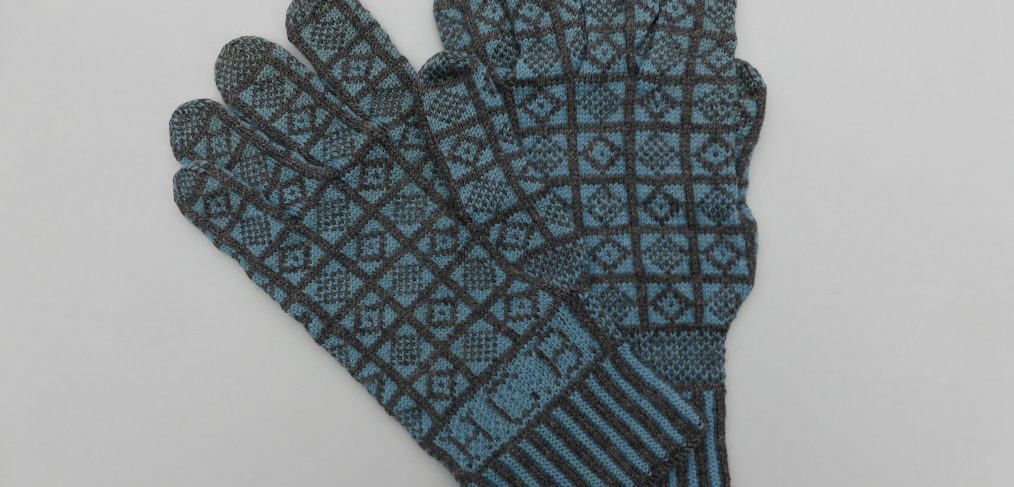- Exploring a historical, local tradition
- Joining a community of knitters, past and present
- Learning challenging techniques
- Opportunity for personalisation and improvisation
Knitting Sanquhar gloves and gloves from related historical design traditions holds a fascination for many contemporary knitters for the reasons listed above. Today, knitters all over the globe can find others on the Internet who share an interest in preserving and practicing these techniques, such as in the Sanquhar knitting group on Ravelry. The gloves pose many technical challenges that are satisfying for knitters to master. Further, they allow unlimited scope for personalisation, making them an ideal form of individual expression or a way to create a signature gift.

